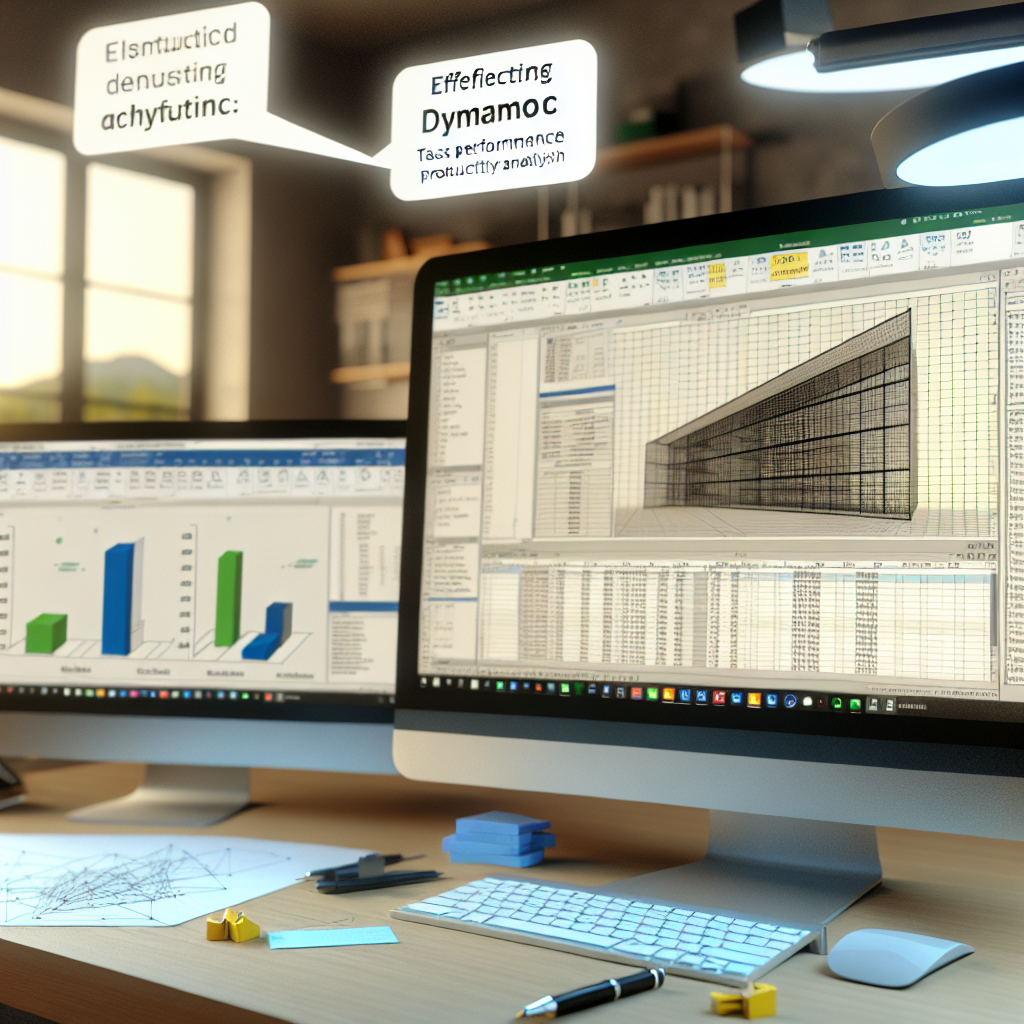Building efficient workflows and automating complex tasks are essential for modern architects and engineers. Dynamo, a visual programming tool for Revit, empowers users to extend their capabilities and streamline project delivery. In this article, we’ll explore how Dynamo Office Hours can help you build more with Dynamo, enhancing productivity and creativity in your design process.
Leveraging Dynamo Office Hours for Skill Development and Collaboration
One of the most valuable aspects of Dynamo Office Hours is the opportunity for continuous learning and community engagement. These sessions usually feature expert-led tutorials, real-world problem-solving, and Q&A segments that help users understand best practices and new features. For beginners, Office Hours serve as a gateway to master Dynamo’s visual programming environment, while experienced users can delve into advanced scripts to automate repetitive tasks or tackle complex design challenges.
Moreover, Dynamo Office Hours promote a collaborative ecosystem where users share their workflows and learn from others’ innovations. This peer-to-peer exchange accelerates proficiency, fosters creativity, and enables teams to build standardized tools that can be reused across multiple projects. As a result, architects and engineers can unlock new levels of efficiency and innovation by participating actively in these sessions.
Transforming Building Design Through Dynamo’s Capabilities
As users become more proficient through Dynamo Office Hours, their ability to manipulate and generate building models evolves. Dynamo’s integration with Revit allows for dynamic parametric design, automated data management, and real-time model updates, which significantly reduce manual input and minimize errors. For example, automating the generation of complex geometries or creating custom families tailored to project needs becomes straightforward, enabling firms to push the boundaries of creativity and precision.
Additionally, Dynamo supports the creation of custom workflows that significantly speed up routine tasks such as quantity takeoffs, code compliance checks, or scheduling. When these workflows are cultivated through ongoing Office Hours learning, teams can implement scalable solutions that improve project delivery times and reduce costs. Ultimately, Dynamo transforms the design process from a manual task into an interactive, intelligent system that adapts to evolving project requirements.
Conclusion
In summary, Dynamo Office Hours are an invaluable resource for developers looking to harness the full potential of Dynamo. By engaging with these sessions, users enhance their skills, foster collaboration, and develop innovative workflows that elevate building design and documentation. Whether you’re just beginning or deep into advanced scripting, participating in Dynamo Office Hours will help you build more, faster, and smarter in your projects.
